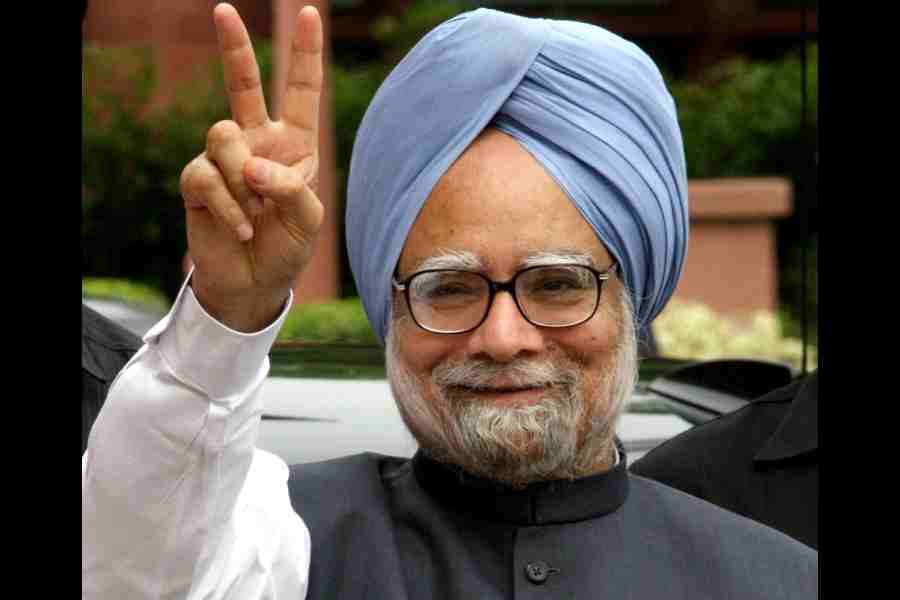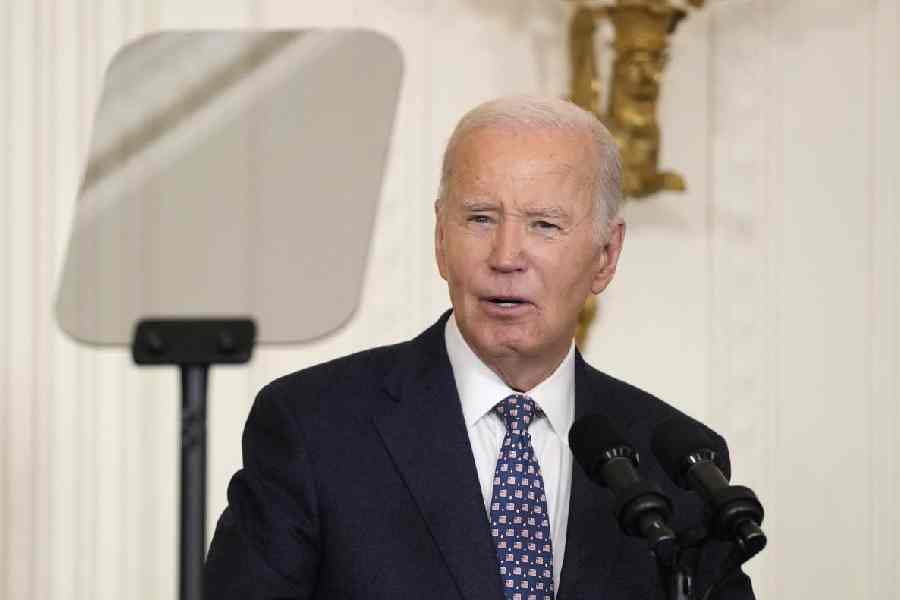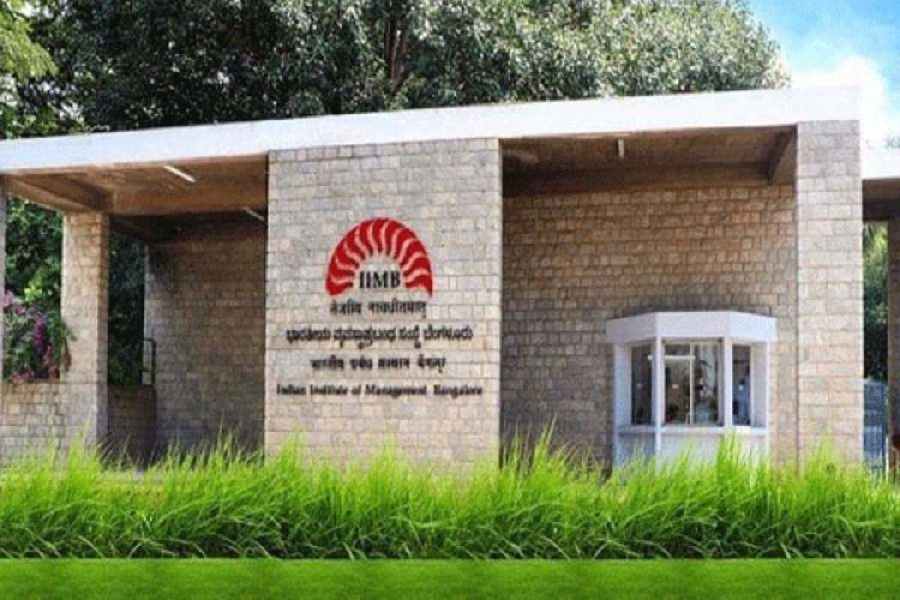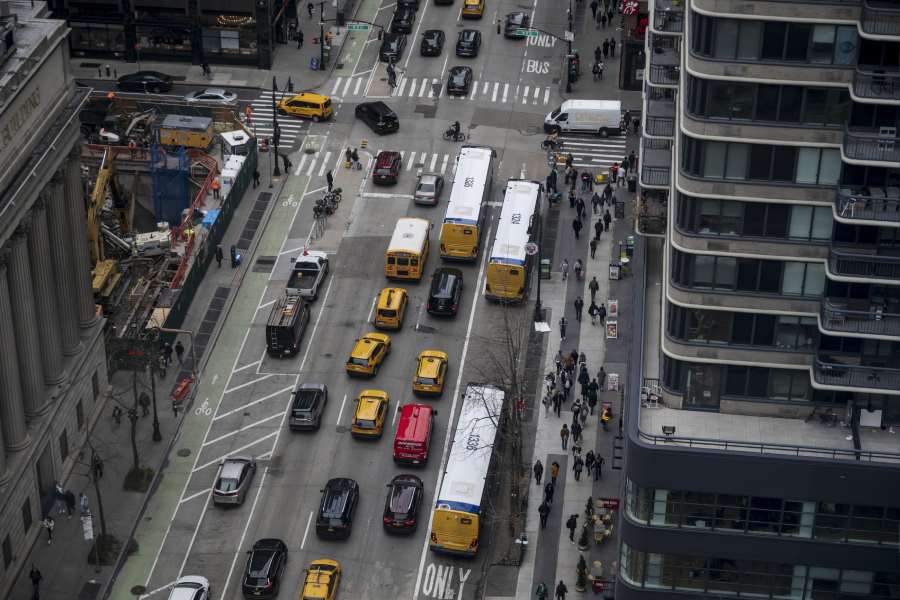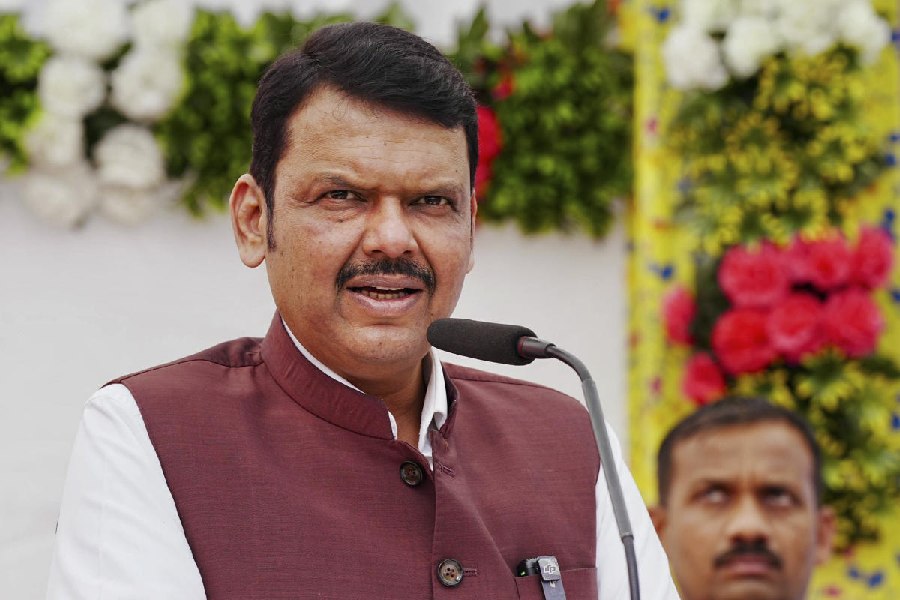At a time when democracy is under siege everywhere, especially in South Asia, it is instructive to reflect that Manmohan Singh’s greatest service to his country demanded the utmost secrecy in eluding parliamentary scrutiny. If reticence was his second nature, it was strategy for his boss. P.V. Narasimha Rao had grown old under the licence-permit raj and would have happily carried on with it. But he was a survivor, and survival demanded moving with the times.
Ironically, Narasimha Rao earned the undying enmity of Singapore’s Lee Kuan Yew (who initially compared him with China’s Deng Xiaoping) for not only saying that he had always believed that the answer to the problems of democracy lay in more, not less, democracy but also saying it to an explosion of rapturous Singaporean applause. Singh, too, became familiar with such contradictions. He told me with pride when I returned from Honolulu where I lived when the crisis hit India that only his abolition of wealth tax had made the emergence of billionaires possible. Dismayed by some aspects of his innovations like Britain’s prime minister, Edward Heath, who spoke of “the unacceptable face of capitalism”, the benign Singh later warned India’s “rich and famous” that “rising income and wealth inequalities, if not matched by a corresponding rise of incomes across the nation, can lead to social unrest.”
Affecting to be sceptical about his conscience, some jealous but highly-placed Delhi personalities whispered that his criticism of the command economy could be rebutted by quoting his own report as secretary-general of the South Commission. Never a self-publicist, Singh did not publicly mention his differences with the prime minister on subsidies. The abortive Soviet coup of August 19, 1991 when hardliners tried to seize power also exposed Narasimha Rao’s understandable but soon forgotten preference for the status quo.
As my erstwhile colleague, Shahnaz Anklesaria Aiyar, reported in India Today at the time, “While thousands of Soviet citizens stood up to the tanks that trundled through the streets of Moscow and Leningrad, Prime Minister P.V. Narasimha Rao wagged an aging finger at the man they were rooting for. Because the coup, he said, was a clear warning to all those — meaning the Soviet president, Mikhail Gorbachev — who pushed too hard for change.” When the coup petered out in three days by when several of the leaders had been either arrested or had committed suicide, Narasimha Rao ignored the massive popular backlash in Russia. He had expected the conspirators to succeed. So, perhaps, had Washington.
It was a time for amnesia. I recall a gala panel discussion at a Calcutta hotel with West Bengal’s governor present when a distinguished historian claimed that Gorbachev’s reforms had been accepted without demur. Reminded from the floor that Soviet hardliners had in fact plotted a counter-coup, the historian retorted that Narasimha Rao hadn’t made any comment! Shahnaz’s report was soon forgotten except perhaps for diehards at Alimuddin Street and Prakash Karat in Delhi. Whether it was the prime minister’s doing or his finance minister’s, the fear of alarmist newspaper headlines, an outcry in Parliament, and resistance in the Congress ranks such as had once already forced Rajiv Gandhi to retreat on his free-market hopes turned what should have been the triumphant birth of a new India into a hole-in-corner event. Reforms were justified by dredging the platitudinous verbosity of the Congress Party’s 1991 election manifesto — poor Rajiv’s handiwork — to unearth a sentence about replacing a “lethargic, inefficient and expensive” public sector with one that was “leaner, more dynamic and profit-oriented”.
While Naresh Chandra, the former cabinet secretary, was sent to the United States of America as head of the first Indian delegation to seek investment, Narasimha Rao explained Singh’s reform proposals to the Congress’s arch-enemy, Lal Krishna Advani, without breathing a word about them to his own cabinet or party colleagues. Advani gave his blessings. In fact, the Bharatiya Janata Party was unstinting in its praise. According to the general-secretary, K.N. Govindacharya, Narasimha Rao and Manmohan Singh had “taken more radical steps in one month than past governments in 43 years.” Visiting Delhi, Coca-Cola International’s president, John Hunter, added excitement to adventure by warning, “Don’t blink! You may miss something.”
It was cloak and dagger stuff of the highest order with the latter-day Chanakya insisting that he was only following “the Nehru line”. Amidst seething rumours and revolutionary changes that turned the system inside out, cutting down the book of rules restricting overseas trade from 850 pages to a mere 87, Narasimha Rao airily dismissed any suggestion of conflict between Fabian socialism and free market reforms. Pruning 10% of senior civil service posts and sharply cutting travel allowances reduced inflation from 15.7% to 13. 4%. Structural reforms brought the fiscal deficit down from 8.3% of the GDP to less than 6.5%. Asked if liberalisation violated Jawaharlal Nehru’s legacy, he invoked the mythical Hindu king who had drafted Indian jurisprudence as glibly as any saffron-draped dharmacharya. “Manu the lawgiver laid down the law,” the prime minister said. “It is up to each Brahmin to interpret it.”
As the presiding deity of peaceful transformation, he was also the high priest of continuity who genuflected to the past while celebrating its obsequies. When I came back on a visit from Singapore where I had taken up an open-ended assignment, it was to learn that Naresh Chandra’s mission wasn’t to seek capital only to keep the wheels of industry revolving. “There will be blood on the streets,” Narasimha Rao said grimly if he waited for the ripple effect of foreign investment to solve the problems of poverty. The real purpose of foreign capital was to free domestic resources for social welfare and infrastructure, especially during India’s eighth five-year plan. Chandra Shekhar, who made history by allowing American warplanes to land and refuel in India, jeered that the World Bank was calling the tune.
Others too wondered who had advised Narasimha Rao to approach I.G. Patel and, failing him, Manmohan Singh who insisted on free market pragmatism. Singh didn’t deny that within hours of being appointed he was talking on the telephone to Michel Camdessus, the International Monetary Fund’s managing director. What he didn’t clarify was who initiated the call. Camdessus was ready to help while insisting on a time-bound overhaul of the economy with the rupee stabilised. In the event it was devalued by 25%. The IMF advanced $3,055 million while the Paris-based aid-India consortium committed $6,700 million and the World Bank approved $500 million to create a national renewal fund to train retrenched workers. It also promised another $400 million to meet part of the cost of streamlining the public sector. The total cash equivalent of special drawing rights, the IMF’s notional currency, stood at $4.4 billion.
Laughingly but firmly, Singh rejected comments about his South Commission report as irrelevant. He shouldn’t be judged out of context, the finance minister maintained with disarming candour. Even as prime minister, he remained equally forthcoming about events big and small, lamenting the showdown over the agreement on peaceful nuclear cooperation or saying, after attending the launch of the book, The Making of Indian Diplomacy: A Critique of Eurocentrism, by my son, Deep, that he found the language “difficult”. Singh was also quite frank about the so-called scandal of coal allotment, which arose mainly because operators on both sides of the fence obstructed his demand for “a transparent methodology of auction” with realistic fees benchmarked on current figures instead of the traditional system of recommendations. But in all these years I never got round to asking him why Indians are so desperate to settle abroad if, thanks to his legacy, India, the universally revered Vishwaguru according to the man who now sits in his chair, is indeed, booming with the world’s highest growth rate. It’s a baffling paradox at the heart of the enigma that is India.

